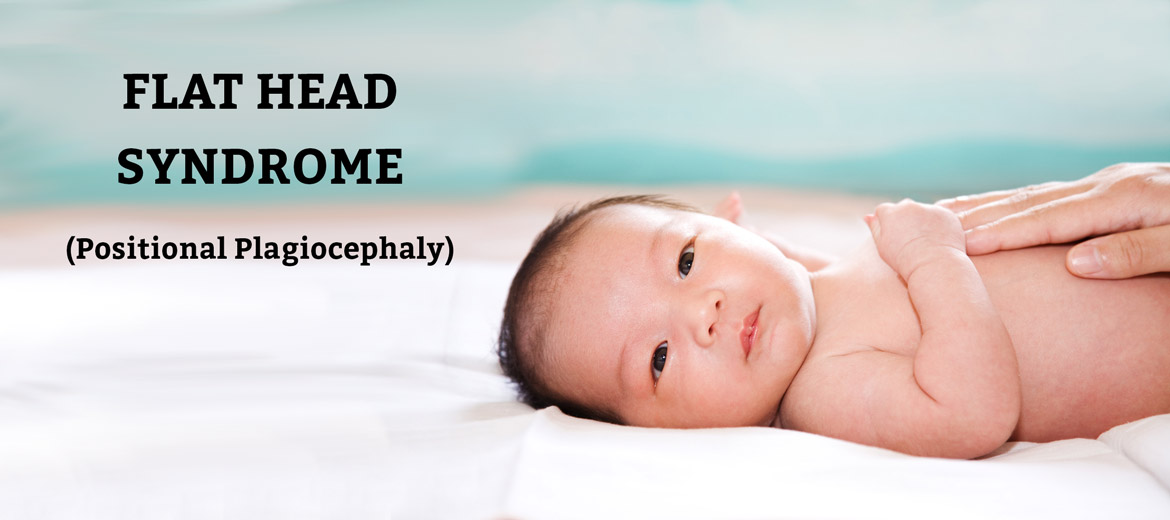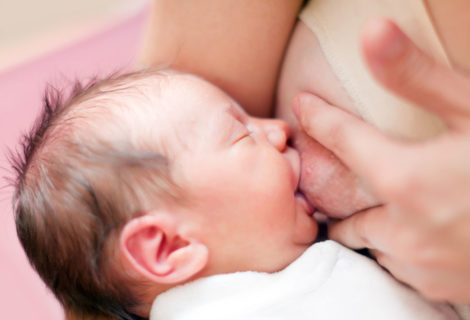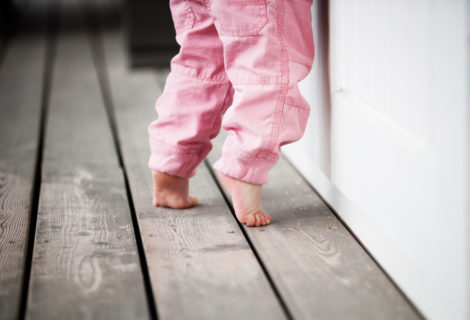What does it mean if my baby has a flat head?
The medical term for a ‘flat’ or ‘misshapen’ head is plagiocephaly (plagios = crooked, kephale = head) which is defined as an abnormal head shape or deformity of the skull.
A misshapen or flat head can be the result of several causes. It can be caused by the mechanical forces of the baby’s position during pregnancy, such as when a baby’s arm is lying alongside the head or the head is sitting up under mum’s ribcage. It can also be related to the birth process itself, where the progress of the birth is delayed and the baby’s head gets stuck, or from instrument intervention during delivery. Other causes include torticollis or ‘stiff neck’ where the baby is unable to freely move the head in both directions and ends up favouring one. As a baby’s head is formed from soft membranous and cartilaginous bone, lying with the head in one position all the time may result in a flattened head if there are underlying mechanical strains.
What happens if the baby’s head remains flattened? It may lead to an increased risk of ear infections, breast feeding difficulties including pulling on and off the nipple, poor suck and constant squirming as the baby cannot turn their head freely to feed. A sore, painful head and neck may delay the baby’s developmental progress with rolling, sitting and crawling, and in some cases may affect the muscles of the eye and cause a squint.
HOW TO HELP
Parents can actively assist by playing and talking with their baby on the side which the baby prefers not to move their head, helping to stretch those tight muscles. Setting up the cot, change table and other items in the bedroom to encourage the baby to turn their head in a direction that is away from the preferred side is also beneficial.
Frequent, short periods of tummy time including baby being held over the parent’s shoulders or lap helps to put into action the appropriate responses in the upper neck. This muscular pull on the back of the skull encourages healthy moulding of the head.
Try to avoid leaving infants in car capsules for any lengthy periods and if the baby is unable to support themselves in a sitting posture, the use of play equipment such as jolly jumpers and baby walkers should be discouraged. See our blog on these play items here.
The best thing for your baby is to promote lots of floor time to encourage the correct muscular development and sensory input to their nervous system for each developmental stage (rolling, sitting, crawling and walking) allowing for a happy, healthy and balanced baby.
If you have any concerns please contact the team at East Gippsland Osteopathic Clinic to discuss treatment options for your baby.







